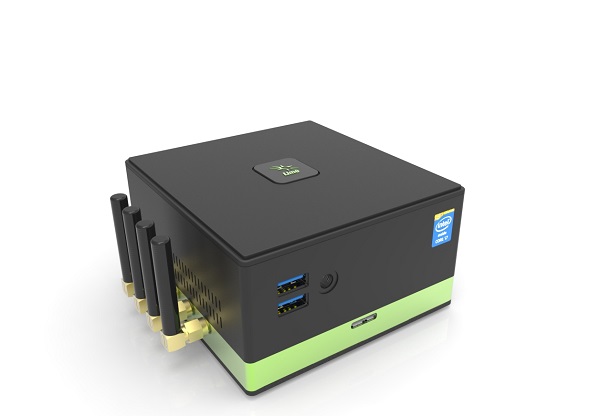EE has turned to open source network architecture to help solve the challenges facing rural coverage.
The UK operator has partnered with open source technology companies Canonical and Lime Micro to develop a fully programmable network architecture.
It is based on Lime’s “network in a box” solution, Lime SDR, which allows developers to provide any wireless service, such as LTE or Wi-Fi, by configuring the hardware. Developers can create new applications by using configuration software provided by Canonical’s Ubuntu operating system.
EE, which is a member of the cross industry Telecom Infrastructure Project, will test the possibilities of the architecture in parts of the Scottish Highlands and Islands this year. The programmable development kit has been made available to the University of Highlands and Islands for developers to build new services.
[Read more: Telcos issue new TIP for making networks simpler]
Mansoor Hanif, Director of Radio Networks at EE, said: “Apps and smartphones revolutionised the mobile experience and this could have the same impact on the network – we’re allowing anyone to build an app that can introduce a new service or a new capability to a mobile network. That could be to connect a rural area of the UK for the first time, or to be part of designing how 5G works. This type of innovation is vital to evolving wireless networks, and we’re making sure that the UK is at the forefront of that.”
Lime SDR will be made available initially through a crowdfunding campaign, which will allow developers to preorder the solution at a low cost.
Professor Clive Mulholland, principal and vice-chancellor of the University of the Highlands and Islands, said: “We are excited to be working with EE to explore the opportunities this development can offer to the university and the communities we serve. The technology could be particularly relevant to our work in remote and rural health and digital innovation.”
Yesterday, EE said it will connect 95 percent of the UK’s geography with LTE by the end of 2020, pushing ahead of operators’ usual population-based targets.




